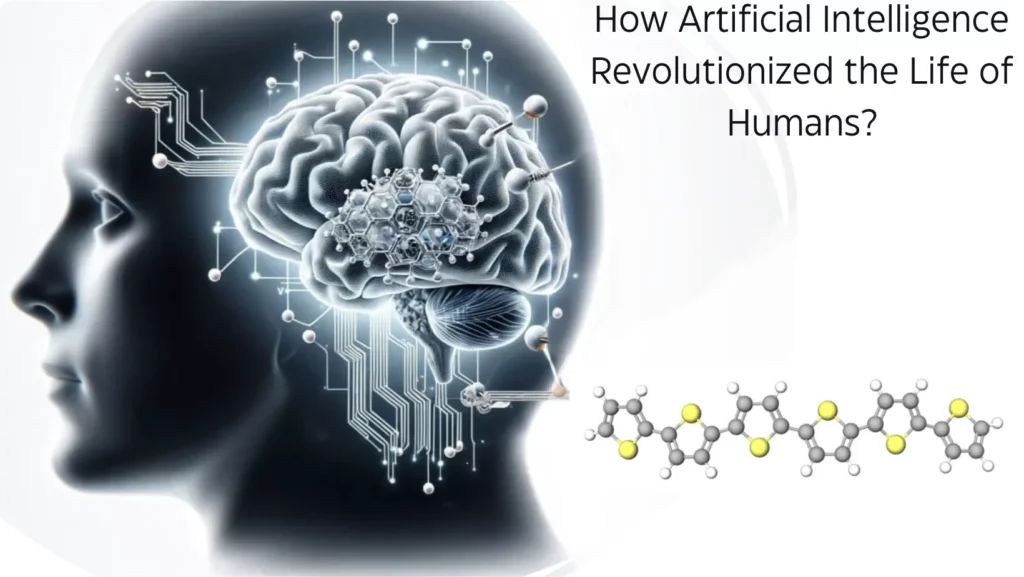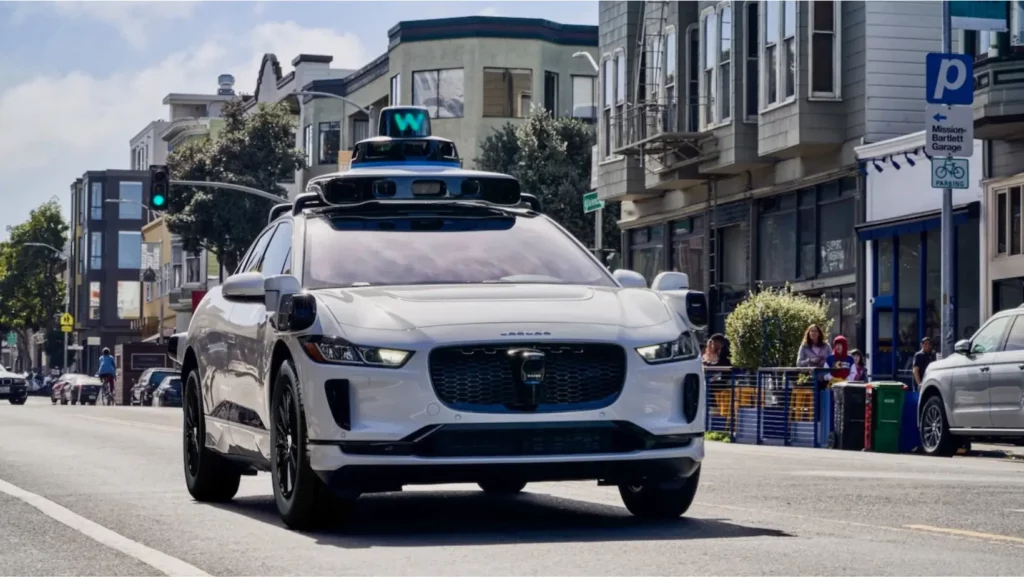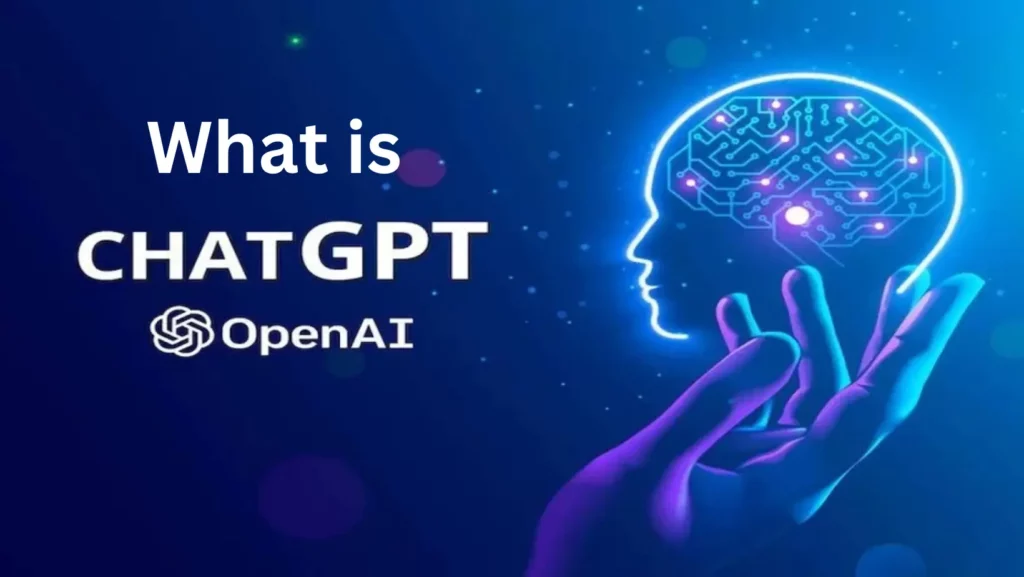Now, it seems, the realms of technology and biology are crashing together at high velocity. Progress in the field of artificial intelligence (AI) has been dramatic in recent years, accelerating efforts to explore promising new pathways and technologies in biological sciences.
Realizing this, the Nobel Prize committee gave out all three Nobels for 2024 in science — Physiology, Chemistry and Physics — to scientists who have tackled their fields from the perspective of AI. The Physics Prize was jointly collected by John Hopfield and Geoffrey Hinton for fundamental findings and inventions enabling machine learning using artificial neural networks.
The Chemistry Nobel Prize was given to David Baker for computational designs of protein and (jointly) to Demis Hassabis and John Jumper for protein structure prediction. The Physiology prize was shared between Victor Ambros and Gary Ruvkun for the discovery of microRNA and its function.
Many of us were born in the digital age, and hence we recognize easily the ‘0-or-1’ elementary blocks creating an 8-bit code. A letter such as ‘A’ is represented by a single code of 8 bits. These 8-bit codes combine to represent words, language, programs and software. The biological world plays out roughly the same way.
Adenine (A), Cytosine (C), Guanine (G), Thymine (T) and Uracil (U) are the five nucleobases that serve as the basic building blocks of all genetic code. These nucleobases create molecules known as nucleotides that arrange in groups of three called codons to account for the 20 naturally occurring amino acids. DNA consists of long chains of nucleotides arranged in a double helix.
In DNA, the bases are paired together, Adenine with Thymine and Cytosine with Guanine. And these 20 amino acids then combine to form all the proteins in the biological world. Everything physical that’s biological, has proteins.
All life can be described by this code, which is astonishing. That code can “render” anything from single cell, bacteria to complex animal like a human being, this is something universal. This gives rise to the cool ability to ‘read,’ ‘edit’ and ‘program’ this code.
DNA was discovered in cells almost 150 years ago, but the ‘genomics’ revolution really started just 50 years ago when Fredrick Sanger sequenced the complete genome of a virus for the first time. The term ‘sequenced’ means that the genetic code can be seen and read.
The human genome project was finished in 2003, sequencing 3 billion letters and around 25,000 genes. Over the past 20 years, the de facto speed and cost of sequencing has changed dramatically.
Synthetic biology is the realm that bridges biology and engineering. Over the past few years, it has not only become possible to read the biological code — but synthetically engineer biological ‘bits’ based on the A, C, G, T/U building blocks. This is a revolution early days of this revolution. Much more remains unknown than known at this point, but some impressive accomplishments have been attained.
Nowadays, designing and printing biological bits sequences, leading to the generation of proteins and enzymes, is exactly what scientists do. Two new nucleotides can also be synthesized — making combinations not found in nature today possible.
Along with this great promise, however, there remain unknowns and risks. We still do not understand exactly how a single-cell organism functions. Scientists can entirely design and print proteins, somewhat, however, they could not work precisely as they imagined. Because we are reverse engineering nature, we lack a ‘simulator’ that can take code and run it to a conclusion (and something we can do easily for digital computing).
As with AI, there will still be ethical and societal challenges to confront, even as science continues to make progress. One is to record every bio-bit that scientists ever engineered. This can be done by block-chain.
India has already taken the first step in synthetic biology. To mix metaphors, the software-on-biology intersection is a sweet spot for our scientific DNA. While this has a far higher capital expenditure associated with research in this area than pure software, it is less than the money required to manufacture semiconductors.
This is coupled with the ability of India to innovate and create applications in a frugal manner. That sets up the potential for India’s scientists to synthetically manufacture inexpensive biological substitutes for drug development, alternative energy sources and food.
One specific field of drug development is the synthetic manufacturing of biological cells known as ‘phage’, which are viruses that can act as antibiotics against harmful bacteria. Their growing resistance to chemical anti-microbial drugs due to overuse is a daunting reality, and emerging phage therapies aim at providing a viable alternative.







